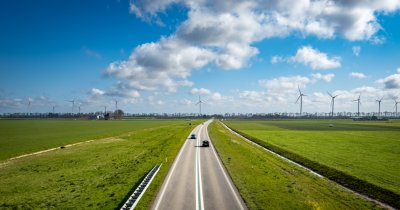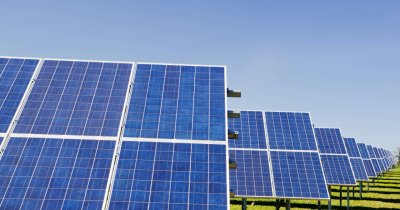CleanTehnica thinks that energy storage solutions like batteries can help us by storing the energy produced by renewable sources that can harness energy at night, when demand is low. One of those renewable power sources is wind power, and by the time morning comes and solar panels are able to harness solar energy, the batteries will already be filled with at least some power by wind turbines.
Even during the day, if maybe not as much energy is being used, for whatever reason, and the power system produces more energy than it's delivering, the extra power can be stored in those same batteries for delivery when time comes.
In fact, energy storage batteries are being used today by solar panel systems, wind power systems and even hydro energy systems, so that electricity can be stored when it's available and transferred to the grid when needed.
Shirley Meng, a materials scientist and engineer at the University of Chicago, said that we need "a whole suite of storage methods."
"I think we are way, way underinvested. Because we are really imagining trying to rebuild the entire grid system", she added.
We recently wrote on Green Start-up about airports around the world that plan to use energy storage systems in order to replace generators in case a power outage happens.
And as it seems, there is an increasing global demand for more clean energy and storage solutions that would reduce the greenhouse gas emissions.
The most popular energy storage systems are Generation Integrated Energy Storage systems (GIES) and non-GIES systems.
Non-GIES systems refer to grid-scale energy storage systems made using electromechanical energy storage, which include alkali-metal ion batteries (lithium-ion batteries, potassium-ion batteries and sodium-ion batteries), proton-exchange membrane fuel cells or lithium-sulfur batteries.
Electromechanical capacitors, also called supercapacitors, are considered complementary to battery systems thanks to their high power density, long life cycle, low maintenance cost and to the fact that they are safe to operate.
These number of factors make supercapacitors potentially useful for things like portable electronics and hybrid vehicles.
GIES is a newer type of energy storage system that uses a generator and an energy storage system. Instead of using batteries as the storage system, GIES systems use thermal energy storage and compressed air storage systems.
Thermo-mechanical energy storage systems can offer very good performance, with efficiency higher than 60%, while also having a long lifespan of over 30 years.
When talking about GIES and non-GIES systems, it is important to keep in mind three parameters, those being storage efficiency, transmission efficiency and throughput efficiency.
So far, it has been determined that both solutions perform similarly from an economical and financial standpoint, so governments have to decide on their own which energy storage solution they want to adopt, or if they want to implement them in a hybrid way.
In order to cut reliance on fossil-fuel powered energy sources, we need to invest more in renewable energy sources and, more importantly, in energy storage solutions, so that we can have an energy reserve in order to prevent the need to look back at fossil fuels as the backup solution.
Shared energy storage solutions for communities could bring cost savings and energy storage utilization improvements of up to 13.82% and 38.98% respectively, as shown by a study, showing another potential benefit of energy storage solutions.
In order to benefit the most from renewables, we need to make sure that we implement all renewable energy sources available, instead of relying only on one resource alone.
 Mihai - Cristian Ioniță
Mihai - Cristian Ioniță












Any thoughts?